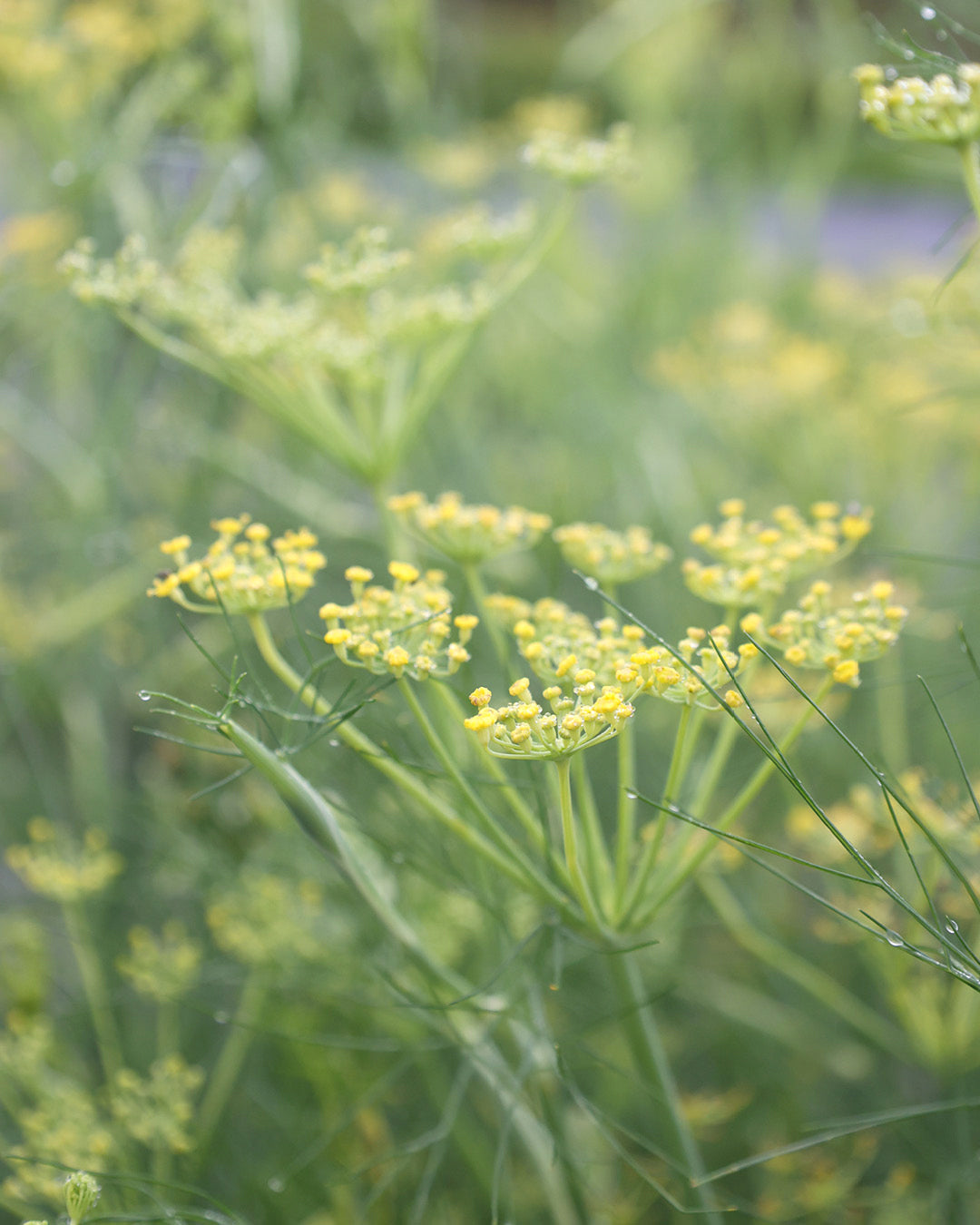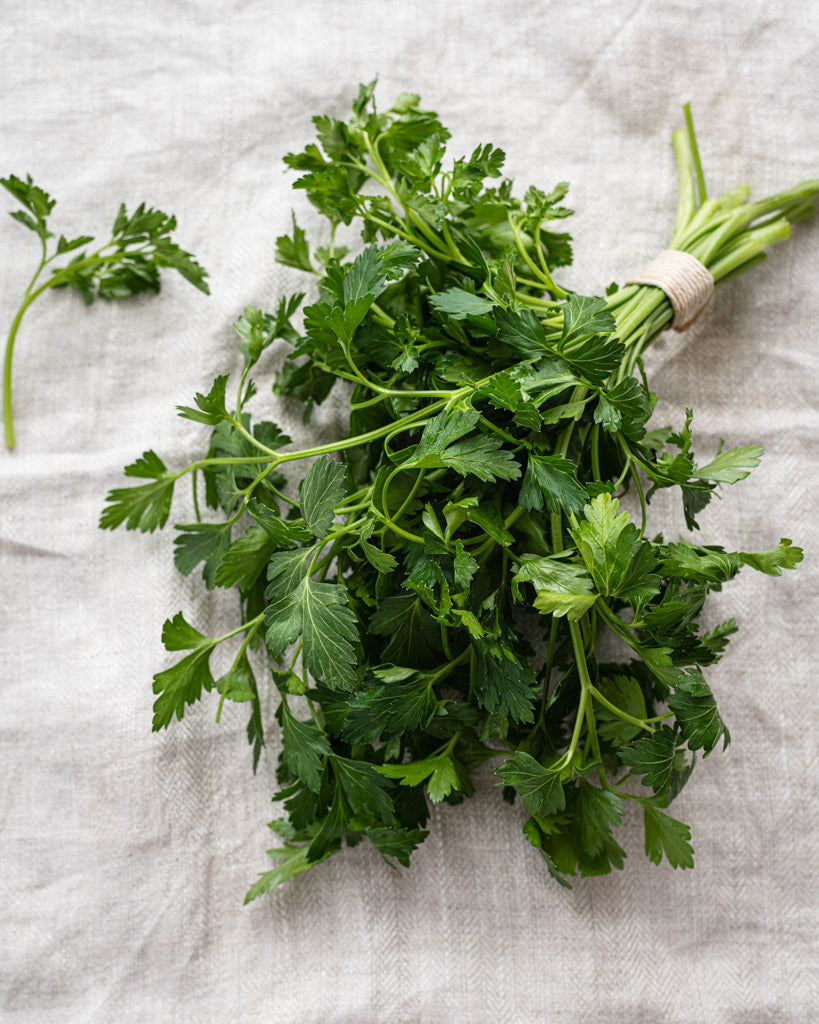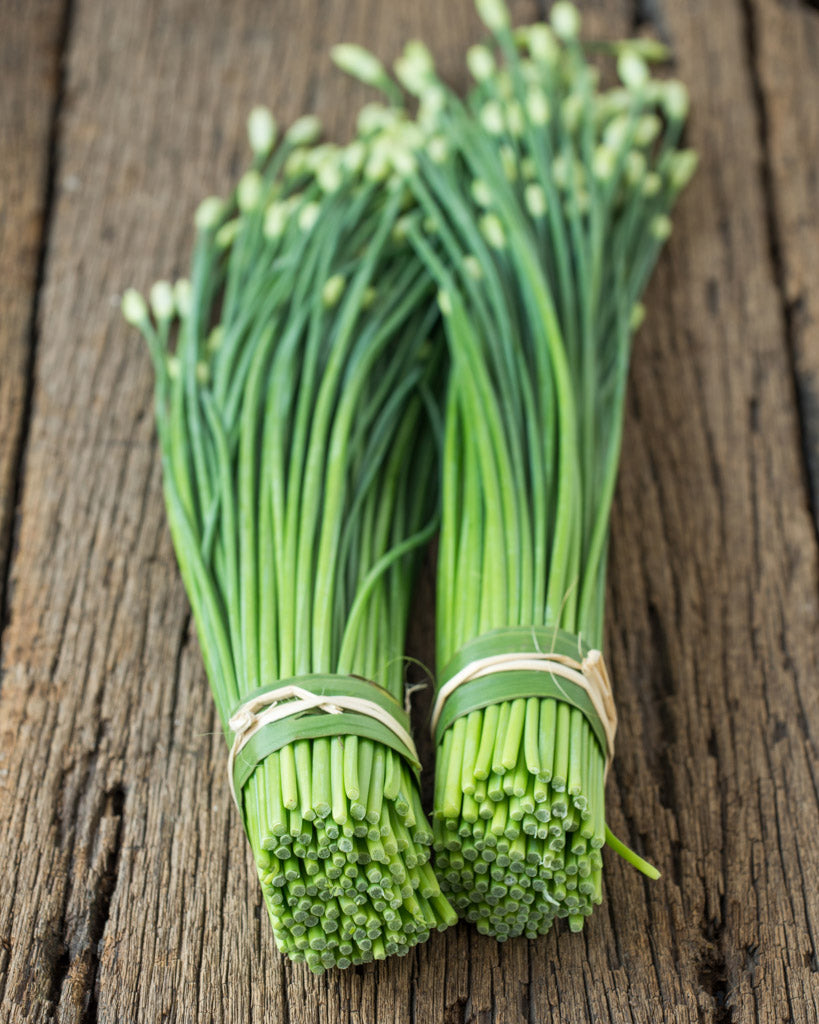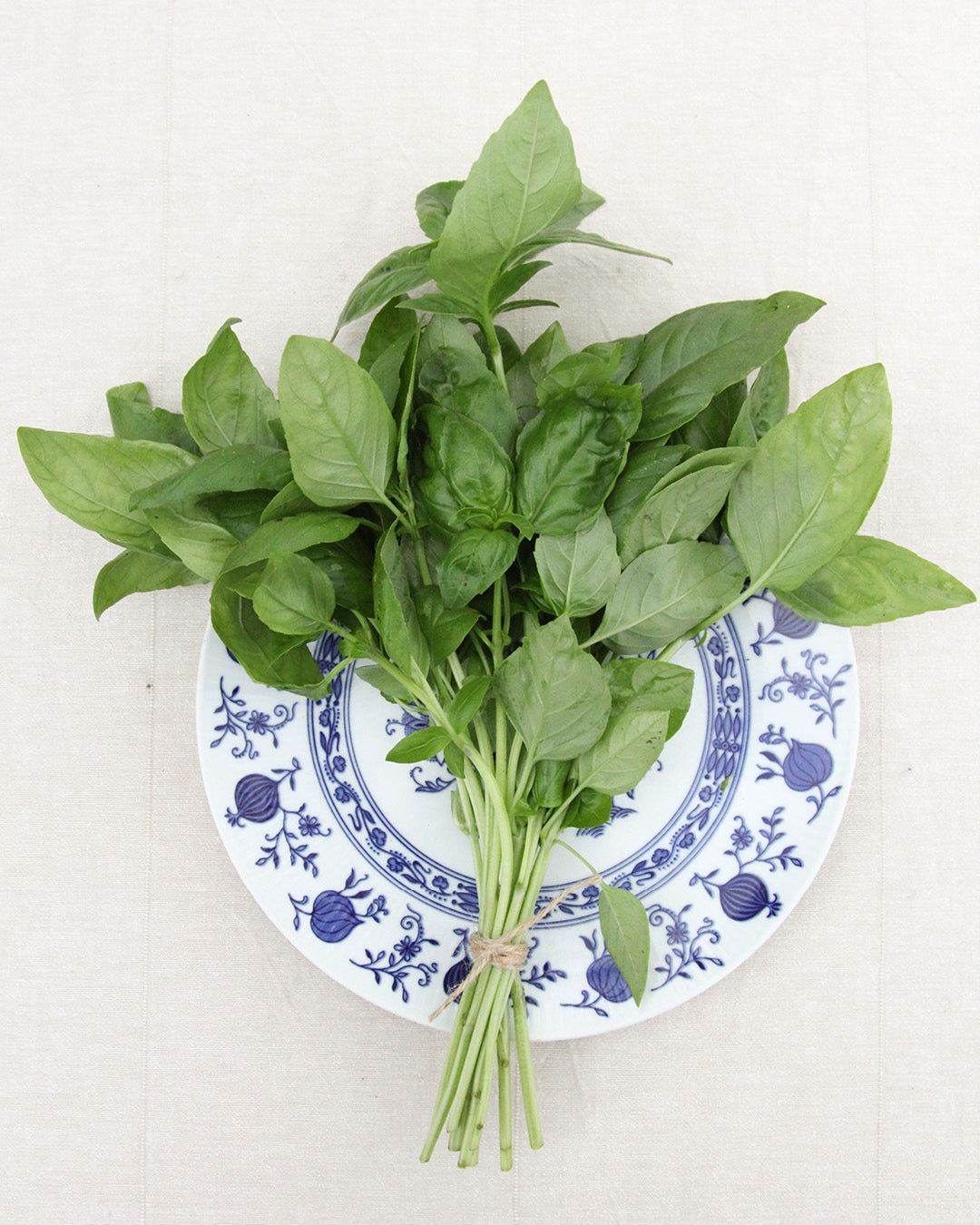rosemary
Rosemary (Rosmarinus officinales) is definitely one of those herbs that no kitchen should be without. If you want to know why and what to look out for when growing it, as well as later when harvesting or preserving it, then read on.

Cultivation and propagation – what should you pay attention to?
Don't try to sow rosemary from seed; it's not worth it. It's better to choose strong, compact plants in pots at least 7.5 cm in diameter. However, if you want to propagate your rosemary, take cuttings in August. Individual rosemary varieties vary greatly in terms of winter hardiness, so do your research before choosing a variety. In winter, it's important to protect the plants from the cold with brushwood or straw, even if the label says they're winter hardy.
Choose a sunny, sheltered spot. In addition to its culinary qualities, rosemary is also very attractive. A location where it can be easily seen is ideal. Keep your rosemary in containers, then overwinter it in a bright, frost-free location, and water it occasionally to prevent the root ball from drying out.
Dead, long shoots must be pruned out in spring to prevent them from hindering healthy growth. If your plants are already older, there's an effective trick to help them rejuvenate: Cut all shoots back by half in spring.
Harvesting and preserving – when, what and how best?
Rosemary's flowering season begins in March and extends well into June. Delicate white and pink blossoms are found. Late-flowering varieties don't bloom until autumn.
To harvest, use scissors and cut off new shoots up to 5 cm long. This also helps the plant become bushier. Rosemary can be used fresh or dried. Both leaves and flowers are edible. The intense aroma lasts for a very long time, making it ideal for drying.
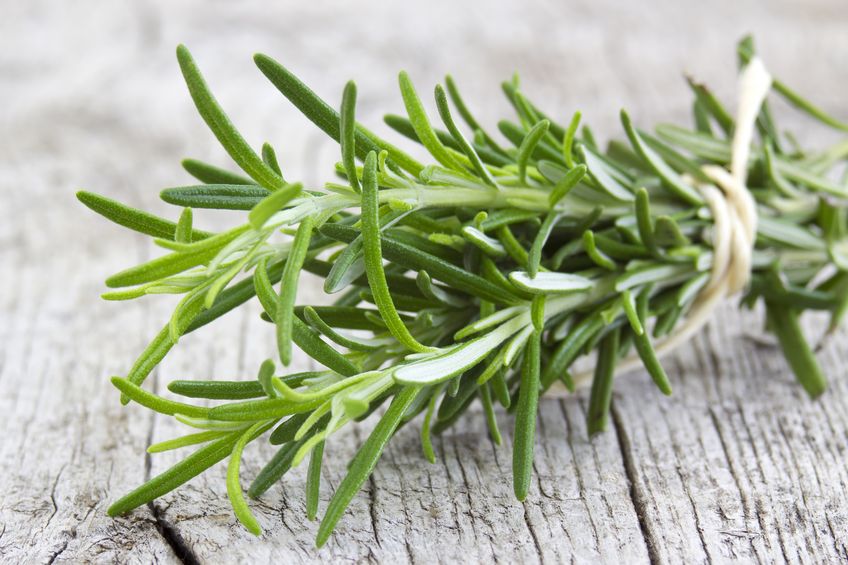
Use – What recommendations for herbal cooking?
Rosemary has a wide range of uses. It pairs excellently with meat, game, soups, sauces, and stews. It's also particularly popular with potato and mushroom dishes. Rosemary is less suited to cold dishes, as it's too intense in flavor. As with many herbs, the same applies to rosemary: be careful with the dosage! Even a very small amount makes a big difference in flavor and can quickly become overly intense.
Application – What healing or caring effect?
Rosemary is said to invigorate both body and mind. Aromatherapists who study scent and its effects on the human body have confirmed that the scent of rosemary improves concentration and banishes fatigue. Breathing becomes easier and deeper, resulting in relaxation throughout the entire body. If you want to experience this for yourself, simply add a few drops of rosemary to a cloth, preferably a cotton one, and inhale the vapors for about 20 seconds.
Rosemary also has many other uses: massage lotions promote circulation, and cleansing gels and bath additives relieve muscle pain and tension. An effective remedy for menstrual cramps, nervousness, or loss of appetite is a one-liter white wine brewed with two handfuls of rosemary leaves. After a week, strain the wine and bottle it. A small glass of liqueur after a meal can work wonders.

Botanical – What kind of plant is this?
Rosemary is a perennial, evergreen plant with edible leaves. From a distance, it appears almost like a conifer, due to its woody perennials. Crushing the leaves releases an intense scent reminiscent of resin, camphor, and pine.
The Mediterranean region is the natural home of the herb with the fine, green-blue, needle-shaped leaves.
Varieties – Which are recommended?
Rosemary 'Weihenstephan': mostly hardy, robust in cultivation
Rosemary 'Santa Barbara': beautiful flower shape, sensitive to cold, creeping growth
Pine rosemary: not winter hardy, nutty aroma, especially suitable for pot cultivation
Rosemary 'Rex': very robust, good growth, rich harvest
Interesting facts – What else is there to learn?
Although rosemary is most commonly associated with autumn dishes, it is most aromatic in spring, just before it blooms.
According to popular belief, rosemary was dedicated to Aphrodite, making it a symbol of love. A small bouquet of rosemary was often placed in the grave of the deceased to ensure a pleasant journey to the land of immortality. However, it is now believed that the true reason was more practical: to reduce the smell of decay. Rosemary is also said to help increase virility.

